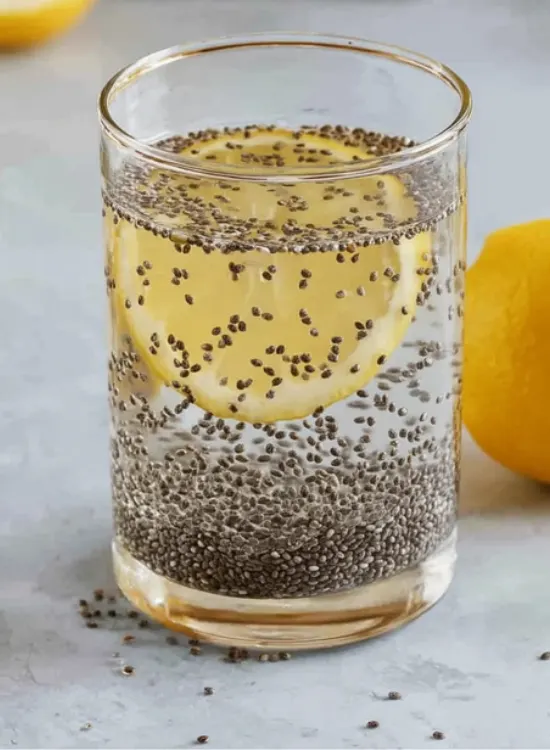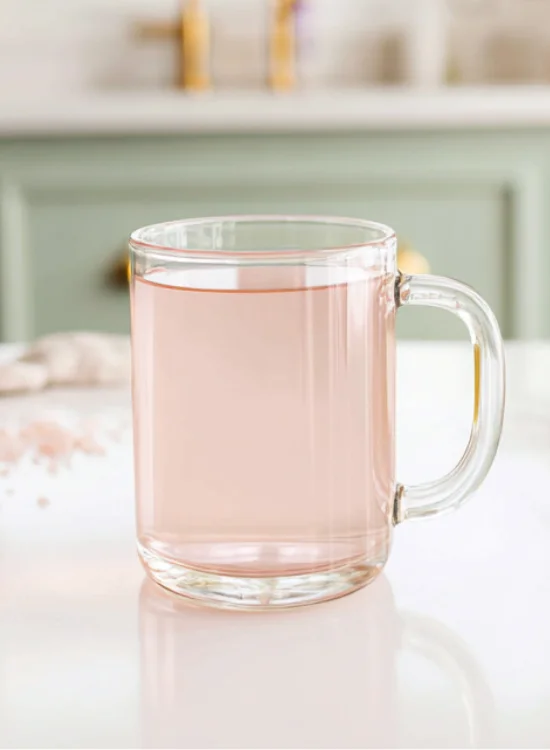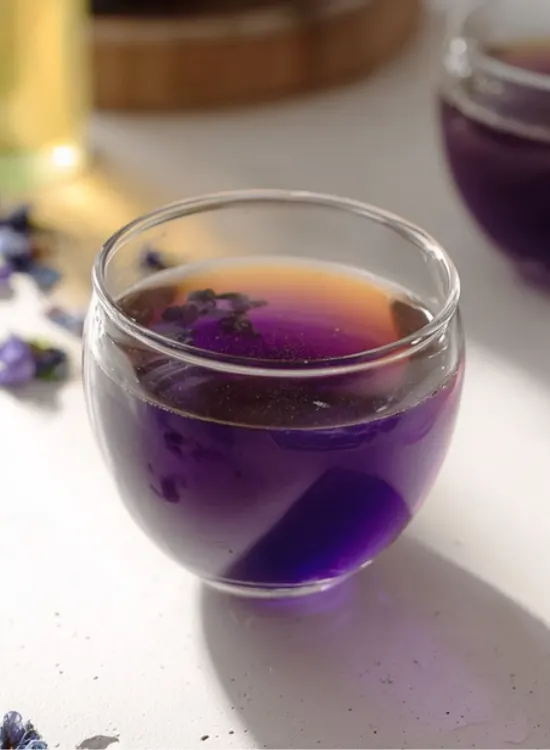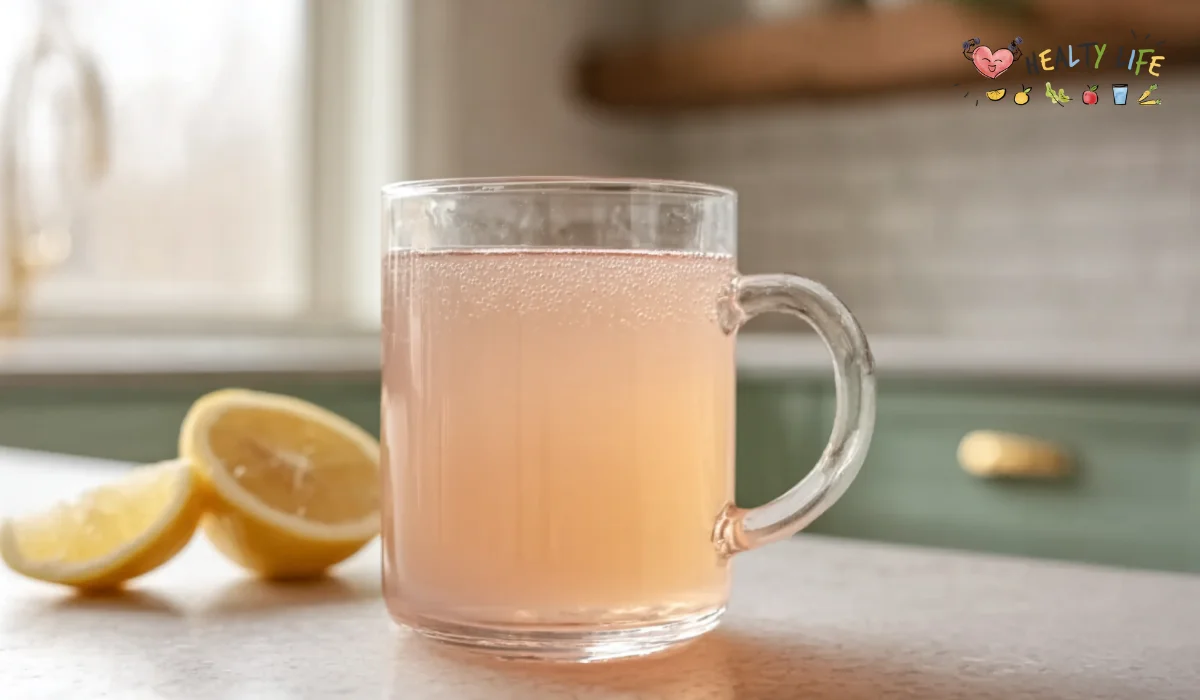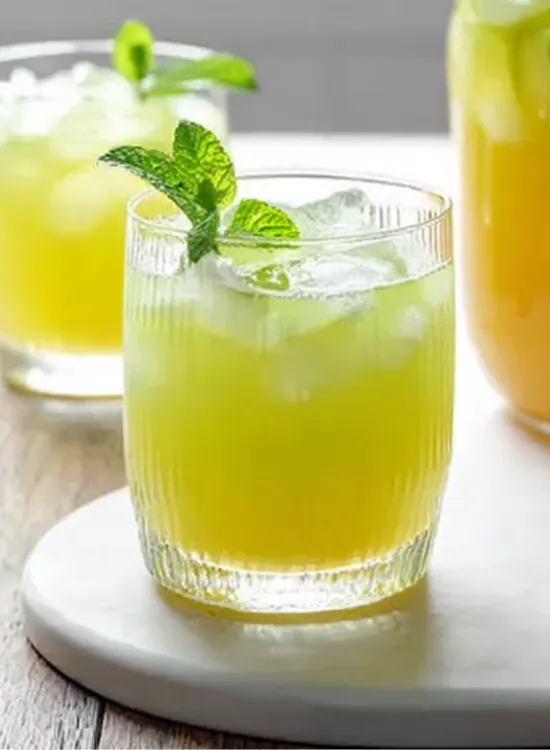Honey fermented lemon ginger is more than just a recipe; it’s a simple, delicious, and powerful way to boost your wellness. This natural tonic, made with just three ingredients, offers a perfect blend of sweet, tart, and spicy flavors, making it a wonderful addition to your daily routine. Whether you’re a seasoned fermentation enthusiast or a complete beginner, this guide will walk you through everything you need to know to create your own “magical tonic” at home.

Table of contents
- Discover the Magic of Honey Fermented Lemon Ginger
- Unpacking the Benefits: Why This Ferment is a Must-Have
- Essential Ingredients and Tools for Your Ferment
- How to Make Honey Fermented Lemon Ginger
- Understanding the Fermentation Process
- Storing Your Fermented Lemon Ginger Honey
- Creative Uses for Your Fermented Powerhouse
- Common Questions & Troubleshooting Your Ferment
- Explore More Fermentation Fun
Discover the Magic of Honey Fermented Lemon Ginger
What is Honey Fermented Lemon Ginger?
At its core, honey fermented lemon ginger is a simple mixture of fresh lemon slices, sliced ginger, and raw honey. When combined in a jar, the natural enzymes and wild yeast present in the raw honey and on the ginger and lemon skins begin a gentle fermentation process. Over time, the honey thins into a syrup as it draws out the moisture and beneficial compounds from the fruit and root. The result is a vibrant, flavorful concoction with a honey-like consistency that is easy to stir into drinks or drizzle over food.
Why Make This Ferment?
This ferment is celebrated for both its delightful taste and its numerous health benefits. The flavor profile is a unique balance of slightly tart lemon, sweet honey, and the zesty warmth of ginger. Beyond taste, it serves as a potent immune-boosting and wellness tonic, perfect for soothing a sore throat or helping to relieve cold and flu symptoms. For those new to fermentation, this recipe is incredibly beginner-friendly, requiring minimal effort and no special equipment. It’s also an excellent way to naturally preserve fresh lemon and ginger, ensuring you always have these powerful ingredients on hand. For another great immune-boosting remedy, check out our popular Flu Bomb Tea.
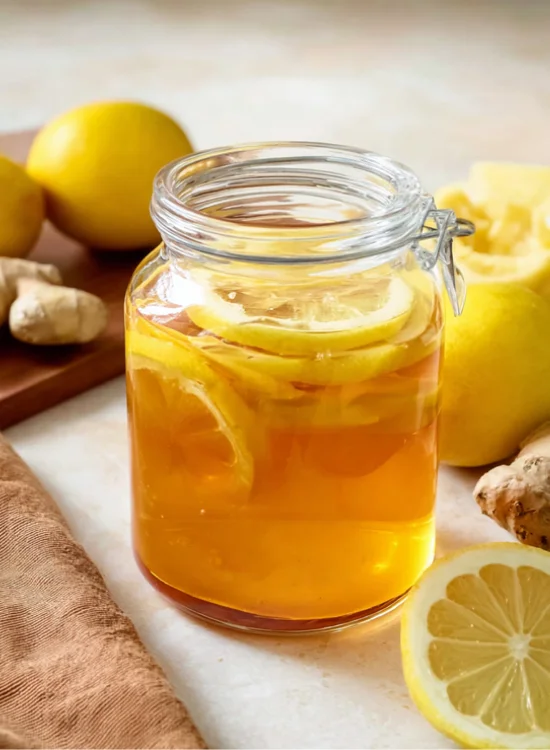
Unpacking the Benefits: Why This Ferment is a Must-Have
The true power of this ferment lies in the synergistic properties of its three core ingredients and the fermentation process itself. Each component contributes unique benefits that are amplified when combined.
Benefits of Raw Honey
Raw honey, unlike its pasteurized counterpart, contains natural enzymes, yeast, and a variety of beneficial compounds. It is known for its antibacterial and antiviral properties, high antioxidant content, and its traditional use in soothing sore throats and aiding digestion. Raw honey also acts as a natural food preservative due to its acidity and high sugar content, which makes it an ideal medium for fermentation.
Benefits of Lemon
Lemons are a decent source of Vitamin C, an essential nutrient for immune function and skin health. The high acidity of lemons not only contributes a refreshing flavor but also helps create an environment that prevents the growth of harmful bacteria during fermentation.
Benefits of Ginger
Ginger is a powerhouse of wellness benefits. It is renowned for its ability to help with upset stomachs and for its anti-inflammatory effects. Ginger has been used for centuries to soothe sore throats, and its antimicrobial properties make it a valuable addition to this health tonic.
Benefits of Fermentation
Fermentation is an ancient practice that not only preserves food but also enhances its nutritional value. The process promotes the growth of beneficial gut bacteria, which are crucial for a healthy immune system. Fermentation can also increase the bioavailability of certain vitamins, such as B and C, and the increased acidity inhibits the growth of bad bacteria, making the food safer and more stable for storage. For more information on using natural ingredients for a healthy gut, see our guide on the Bariatric Seed Recipe.
This combination of ingredients and processes makes the ferment an excellent source of immune support, anti-inflammatory compounds, and gut health-promoting properties.

Essential Ingredients and Tools for Your Ferment
Creating this ferment is straightforward, but using the right ingredients and tools will ensure your success.
Key Ingredients
- Raw Honey: This is the most critical ingredient. Unpasteurized honey contains the natural enzymes and wild yeast necessary to kickstart fermentation. Pasteurized honey, which has been heated, will not ferment.
- Fresh Ginger: Opt for organic ginger if possible, as its skin contains beneficial yeasts that aid the fermentation process. You can peel it with a spoon or a peeler, or leave the skin on if it’s organic.
- Fresh Lemon: Use unwaxed lemons to ensure you’re not introducing chemicals that could interfere with fermentation. Meyer lemons can be used for a sweeter, less tart flavor. Limes are a great substitute if you prefer.
Recommended Equipment
- Glass Jar with Lid: A wide-mouthed jar is best for easy layering. Ensure the lid fits tightly. Choose a jar that is about twice the size of your ingredients to allow for expansion as gases build up.
- Sharp Knife or Mandoline: For thinly and evenly slicing the lemon and ginger.
- Spoon or Spatula: For mixing and pushing down ingredients. It’s best to use a non-metal utensil, as metal can sometimes react with the acidic ferment.
- Parchment Paper (Optional): To place under the lid to prevent any contact between the fermenting mixture and a metal lid.
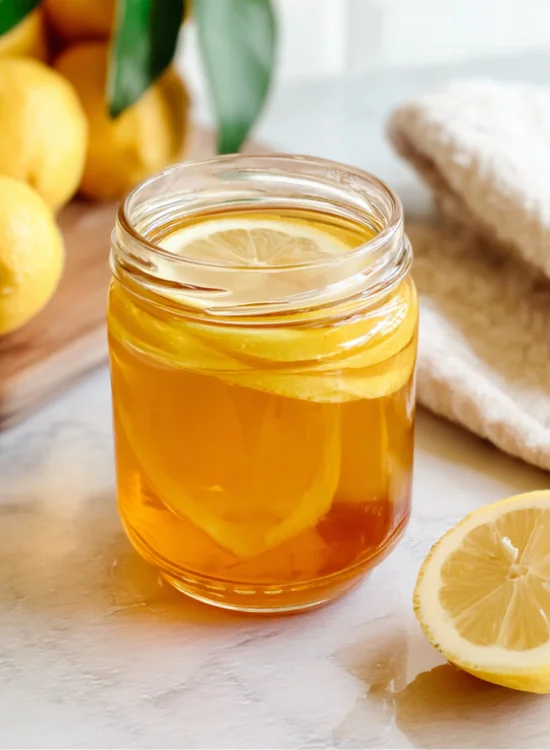
How to Make Honey Fermented Lemon Ginger
This step-by-step guide will ensure you create a perfect ferment from start to finish.
Preparation Phase
- Jar Sterilization: While some argue it’s unnecessary due to the acidic nature of the ferment, a quick sterilization is a good practice. Wash your jars and lids in hot soapy water, then sterilize them in the oven (at 325°F/160°C for 10 minutes) or use the sterilize setting on your dishwasher.
- Prepare Lemon & Ginger: Thoroughly wash the lemon. Peel the ginger (optional for organic). Using a sharp knife or mandoline, thinly slice both the lemon and ginger.
Assembly Phase
- Layering: Begin by placing a layer of ginger at the bottom of the jar, followed by a layer of lemon slices. Repeat this process until all the ingredients are in the jar.
- Add Honey: Pour the raw honey over the layered ingredients. It is vital to ensure all the lemon and ginger slices are fully submerged in the honey. This prevents mold growth.
- Even Coating: Use a clean spoon or a skewer to gently move the ingredients around, helping the honey settle and coat everything evenly. Drizzling honey between layers can also help.
- Seal the Jar: Leave about 1 to 2 inches of headspace at the top of the jar. Place a piece of parchment paper over the opening (optional) and seal the lid tightly.
Fermentation Phase
- Location: Place the jar in a dark, room-temperature area away from direct sunlight. Warmer climates will likely speed up the fermentation process.
- Duration: Ferment for a minimum of two weeks, though a month or more will allow for deeper flavor development.
- Daily Burping: For the first two to three weeks, you must open the lid briefly each day to “burp” the jar. This releases the built-up carbon dioxide gas and prevents pressure from cracking or exploding the jar.
- Mixing: Gently shake or flip the jar once a day to ensure all the ingredients remain coated in the honey. This prevents mold and helps the fermentation process proceed evenly.
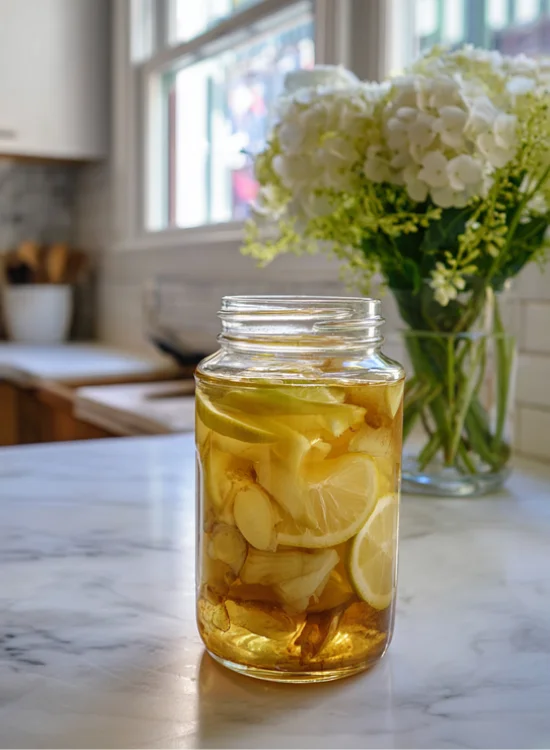
Understanding the Fermentation Process
The magic of fermentation is a fascinating blend of science and nature.
How Honey Fermentation Works
Raw honey contains natural enzymes and wild yeast that are essential for fermentation. When honey is mixed with moisture-rich ingredients like lemon and ginger, it draws liquid out, increasing its moisture content to a level where fermentation can begin. The natural yeast from the fruits and vegetables then consume the sugars in the honey, producing carbon dioxide gas and a small amount of alcohol as byproducts. This process is why the honey thins out over time and a slight “alcohol-y” smell and taste can develop.
Signs of Successful Fermentation
You’ll know your ferment is active when you notice these signs:
- The honey begins to thin out.
- Small bubbles appear on the surface or when you gently shake the jar.
- The lemon and ginger slices start to sink to the bottom.
- The smell of the mixture begins to change and deepen.
What to Expect: Normal Variations
It’s normal for different jars to ferment at slightly different rates. A slightly alcoholic taste is a natural byproduct of the sugar fermentation, and a bit of white yeast on the surface is generally safe to scoop off.
Storing Your Fermented Lemon Ginger Honey
Once your ferment has reached your preferred taste, it’s time to decide how to store it.
Refrigerated Storage
Transferring your jar to the fridge will significantly slow down fermentation. This is ideal for long-term storage, keeping the ferment fresh and stable for six months or more. The colder temperature prevents further active fermentation.
Room Temperature Storage
For a continued, more active fermentation, you can store the jar in a cool, dark cupboard. The flavors will continue to develop, and the mixture may become slightly more alcoholic. Remember to burp the jar regularly to prevent pressure from building up.
Creative Uses for Your Fermented Powerhouse
This versatile tonic can be used in countless ways to enhance your health and flavor your favorite dishes.
Wellness & Drinks
- Ginger Tea: Add a tablespoon to hot water for a soothing and flavorful tea.
- Hot Toddy: Mix with hot water, a splash of whiskey, and a cinnamon stick for a comforting and effective cold remedy.
- Iced Tea/Sweetener: Use it as a natural sweetener for iced tea or other beverages, serving as an excellent substitute for simple syrup. It can also be a great addition to your Electrolyte Water or a Sassy Water.
- Kombucha: Use a bit of the ferment as a secondary ferment for your homemade kombucha.
- Juice: Stir it into a glass of water for a refreshing drink. For other healthy drink ideas, check out our Beetroot Cleanse Juice and Green Juice Detox.
Culinary Applications
- Marinades & Dressings: The unique sweet and tangy profile works beautifully in marinades for meats or as a base for a natural salad dressing. It’s a great complement to our Honey Sriracha Salmon Bowl or Honey Garlic Chicken.
- Breakfast Bowls: Drizzle it over yogurt, oatmeal, pancakes, or waffles for a healthy and flavorful topping.
- Sweet Treats: Use it to sweeten desserts, as a topping for ice cream, or spread it on toast. The solids can also be blended into dressings or smoothies. For more healthy dessert ideas, see our 3-Ingredient Banana Donut Holes or Chocolate Avocado Mousse.
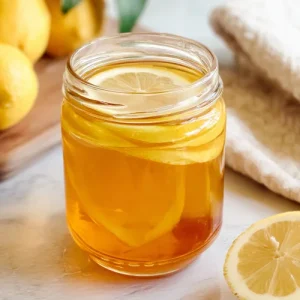
Lemon Ginger Ferment Recipe
Equipment
- glass jar with lid wide-mouthed recommended
- sharp knife or mandoline
- Cutting board
- Spoon or spatula preferably non-metal
- Parchment paper (optional) to prevent honey touching metal lid
Ingredients
- 1 cup raw honey (unpasteurized)
- 1 large lemon, thinly sliced (preferably organic)
- 2–3 inch fresh ginger root, thinly sliced
Instructions
- Sterilize a clean glass jar and lid by washing and drying thoroughly.
- Wash lemon and ginger well. Slice thinly using a sharp knife or mandoline. Peel ginger if not organic.
- Layer ginger and lemon slices alternately inside the jar.
- Pour raw honey over the slices, ensuring they are fully submerged. Drizzle honey between layers for even coating.
- Seal the jar tightly, leaving 1–2 inches of headspace. Optionally, place parchment paper under the lid if it’s metal.
- Store the jar in a dark room-temperature spot. Burp daily for the first 2–3 weeks to release gas, and gently shake or flip the jar to keep ingredients coated.
- Ferment for 2–4 weeks, tasting along the way. Transfer to refrigerator once flavor and fermentation are to your liking.
Notes
Common Questions & Troubleshooting Your Ferment
Give it time! Honey needs to thin out before fermentation can truly begin. If it’s been a few weeks and you see no activity, you can try adding 1-2 tablespoons of water or a little apple cider vinegar to help kickstart the process and lower the pH.
Yes, this is a key sign of successful fermentation. The honey absorbs liquid from the lemon and ginger, which causes it to thin out over time.
A slightly alcoholic taste is completely normal and a result of the natural fermentation of sugars. It does not mean the ferment is spoiled. If you prefer a less alcoholic taste, simply transfer it to the fridge earlier to slow down the process.
If you see fuzzy mold, it means not all the ingredients were submerged in honey. While some sources say to scrape it off and move the jar to the fridge, it’s safer to discard the batch and start over, ensuring all ingredients are fully covered next time.
No. Botulism-causing bacteria cannot grow in the highly acidic environment created by honey, lemon, and the fermentation process.
Yes, especially for the first few weeks when fermentation is most active. Burping releases gas and prevents pressure from building up, which could potentially cause the jar to crack or explode.
Absolutely! This recipe is a great starting point for honey fermentation. You can experiment with other ingredients like turmeric, garlic, cranberries, or even other citrus fruits.
Explore More Fermentation Fun
Once you’ve mastered this recipe, you can explore other flavor variations and related ferments. Try adding black pepper, cloves, or fresh turmeric root to your lemon ginger ferment for a twist. You can also venture into other honey ferments like Honey Fermented Garlic (as a great addition to the sausage and sweet potatoes dish) or cranberries, or try making your own kombucha with similar flavor profiles. The world of fermentation is vast and rewarding, and this recipe is a perfect gateway to it.

